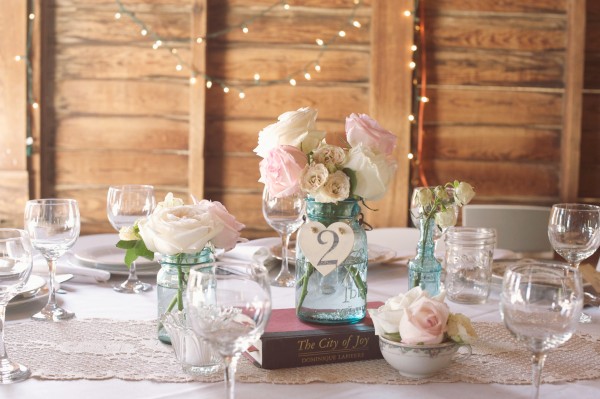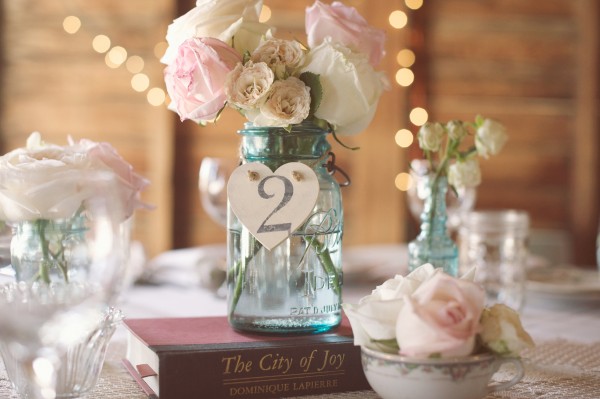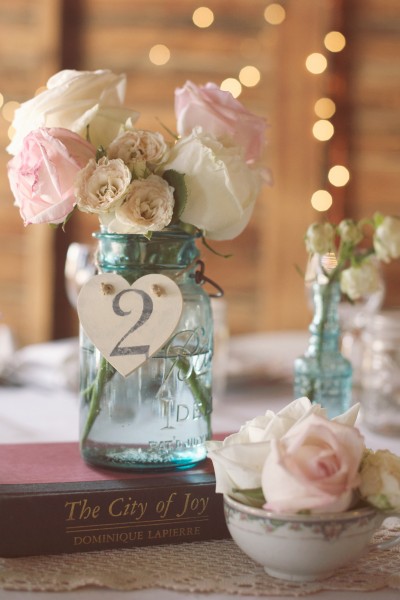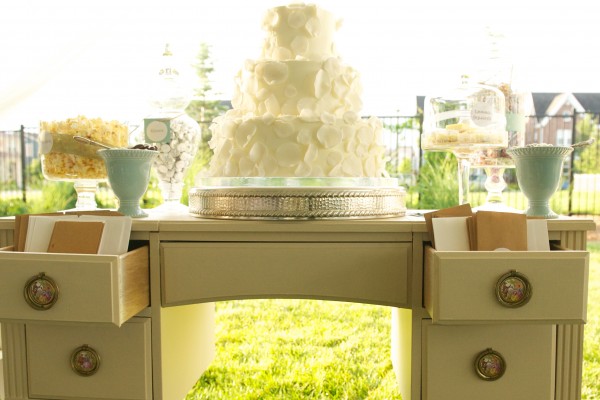The Austin Food and Wine Festival starts today! The city has been buzzing with excitement for this event for months now, and the hype for the Festival reached a fever pitch this week. I was lucky enough to receive a press pass to the Festival, so I’ll be recapping the sessions that I attend and live tweeting from Auditorium Shores all day today and tomorrow. There are about a dozen sessions that I’d like to attend, but I’ll only be able to squeeze in six along with the Grand Tastings, so I have been studying up to help get ready for all the goodness.
As part of my preparation for the Austin Food & Wine Festival, I called up my friends Nathan and Amy Russell of Nathan Russell Photography for their advice on taking pictures at the event. Nathan and Amy have a great perspective on capturing eye-catching candids at events. They’re experienced wedding photographers, so they spend a LOT of time thinking about how to take great photos in challenging lighting conditions like the tents and harsh sun at the Austin Food and Wine Festival.
Here’s a rundown of their advice for getting great photos at the Festival. Nathan writes:
“We spend nearly every weekend photographing food & wine festivals. Or as they’re often called, weddings. Here in sunny Texas people love a good outdoor wedding, which if you think about it isn’t a lot different from an outdoor festival. There’s lots of tents, food, drink, and a sun. When you’re shooting an environment like this, there are a lot of things you can’t control. Getting good photos is about figuring out what you can control and using it to your advantage.
So whether you’re heading out this weekend with a top of the line SLR, a point and shoot, or nothing but Instagram, here are a few tips for improving your photos of the festivities.
Take a lot of photos
One of the biggest secrets of pro photographers is that we take a lot of photos to get the ones that are really amazing. It was true back in the days of film, and it’s true now. Fortunately it’s a lot cheaper now, so you don’t need be getting paid for your images to be able to afford a lot of photos. There’s stuff going on all around you, so take as many photos as you can. Some of them probably won’t be that great, but that’s how you get the amazing ones.
Canvas Your Subject
When you’re snapping all of those extra photos, don’t stand in one place and photograph the same thing over and over. You’ll get a whole lot of one image. Instead, canvas your subject. Move around. Try different angles, move closer, get higher, get lower. What does it look like from the other side? Then when you get home, you can decide which angle worked best because you’ll have so much to choose from.
Shoot to Tell a Story
Instead of taking 100 photos of your friends with their wine glasses at various stages of full, do a photo essay. See if you can capture the story of the festival just through images. It means taking a lot of photos, and shoot everything. Shoot people, shoot food, shoot wine, shoot menus and signs, shoot “scene setting” photos of the location. Most importantly, go into the weekend with the mindset that you’re going to shoot to tell a story. If you do, you’ll see opportunities for photos that you might otherwise miss.
Fill up the Frame
One of the biggest differences between a boring snapshot and a great photo is how it is framed. Snapshots are really often taken from pretty far away from the subject, with the subject right in the middle of the frame, and whole bunch of distracting stuff going on randomly in the background. Instead, get close! Fill up as much of the frame as possible with your subject. You might need to move yourself or your subject. Get closer, kneel down, whatever you need to do. It’s a really easy way to dramatically improve your photos. Here’s two pictures of the same centerpiece we took at a wedding. The first photo shows just enough of the table to be really distracting. So we moved in so the centerpiece filled as much of the frame as possible.
Turn Your Camera
Sometimes filling the frame means you need to turn your camera. If you’ve got a point & shoot, don’t forget to take some photos in portrait (vertical) orientation. And if you’re shooting with your iPhone, don’t forget to turn it into landscape mode. Do whatever uses more of the frame, based on your subject. This sounds ridiculously simple, but you might be surprised when you start looking at your photos to realize you probably don’t turn you camera that often. Here’s another picture of the same centerpiece, but this time I turned the camera to frame it up even better.
Shoot at an Angle
Sometimes photos of food look really good when they’re taking from straight above. But other times, shooting at an angle makes for a much more pleasing shot. You can use more of the frame, and it adds depth and dimension to the photo. To take a really successful food or detail shot, figure out where the light that’s hitting your subject is coming from. Position yourself so that that light is hitting your subject at about a 45 degree angle from your camera, then find the right angle on your subject, and shoot away.
Shoot in the Shade
Sunlight is great, but in the cloudless Texas skies, it can often be blaringly bright, and really harsh. It seems counter-intuitive, but that kind of direct sunlight doesn’t necessarily make for great photos. It casts really harsh shadows that can work against you, it makes people squint, and you can end up with photos that are way too contrasty. A good solution is to look for shade. Find the shaded side of buildings, trees, and trailers. Those kinds of areas get enough light for great pictures, but the light isn’t direct, so it makes nicer softer photos. In this photo you can see there’s really bright sunlight out this day. But we put everyone in the shade to get a nice group photo.
Turn off your Flash
If you’re looking at your photos, and you don’t like what see, try turning off you flash. That’s right, I said off. In fact if there’s one button on your camera that you need to know about besides the shutter button, it’s the button that turns off your flash. There’s a good chance that it’s not adding anything at all to your photo and if it is, it’s probably just adding harsh, ugly light. For instance, if you’re standing in a crowd, trying to take a picture of Paul Qui 500 feet away on a stage, and your camera’s flash goes off, that tiny light isn’t doing anything to light up Paul Qui, It’s just lighting up the back of the person’s head in front of you. Your camera is a pretty smart gadget, but it’s not smart enough to know you’re trying to take a photo of Paul Qui 500 feet away. It thinks you’re trying to take a picture of something much closer, and so your flash is lighting up stuff closest to it. The stuff between you and Paul, and that’s not what you wanted.
And even if the flash is hitting your subject, it’s probably just making it ugly. This is especially true of photos of things like plates of food. Flash is never going to work. Instead, turn it off, Face your subject toward the nearest light source, and try using that instead.
The Trouble with Tents
You’re going to probably be taking a lot of photos in tents. Tents are a problem for the best cameras. Here’s why:
See all that light coming in from the sides of the tent. Your camera is trying to make a nice exposure for what’s going on out there. Meanwhile your subject inside the tent is in complete shadow, and so it comes out looking dark and underexposed. Your photo looks something like this cake photo: (foodwine5)
So what can you do to fix it?
Well, if your camera has manual controls and you know how to use them, the goal is to purposly overexpose your photo. Instead of going by what your camera thinks, push your aperture and shutter speed down, or your ISO up until your camera meter reads +1 or +2, and take the photo again. Your subject should be in better light. That’s what we did here:
That looks okay, but the background is so bright, it overpowers the subject. So we moved around to the otherside of the table to get a closeup of the cake. From this angle the light outside is hitting the subject nicely, and the background is darker because it’s inside the tent. If you’re using a point and shoot or a phone or you don’t know how to shoot on manual, then this is a good way to fix the tent issue.
If that’s not possible, your only other option may be to turn that flash back on. If you do, remember the flash is lighting up whatever is closest to it, so try to make sure there aren’t other objects between you and your subject.
Thanks to the Austin Food and Wine Festival for their map of the Festival, and to Nathan and Amy Russell of Nathan Russell Photography for the remainder of the photos in this post.








